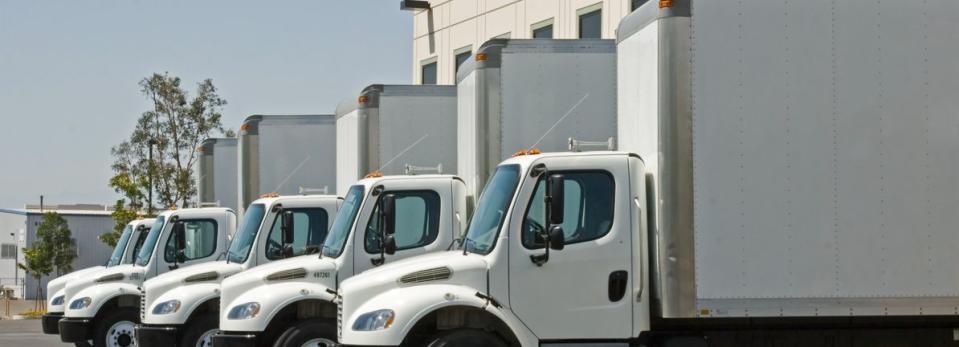It Might Be Better To Avoid Inchcape plc's (LON:INCH) Upcoming 1.4% Dividend

Inchcape plc (LON:INCH) is about to trade ex-dividend in the next 3 days. Investors can purchase shares before the 1st of August in order to be eligible for this dividend, which will be paid on the 4th of September.
Inchcape's upcoming dividend is UK£0.089 a share, following on from the last 12 months, when the company distributed a total of UK£0.27 per share to shareholders. Looking at the last 12 months of distributions, Inchcape has a trailing yield of approximately 4.3% on its current stock price of £6.265. If you buy this business for its dividend, you should have an idea of whether Inchcape's dividend is reliable and sustainable. That's why we should always check whether the dividend payments appear sustainable, and if the company is growing.
View our latest analysis for Inchcape
Dividends are typically paid from company earnings. If a company pays more in dividends than it earned in profit, then the dividend could be unsustainable. Inchcape paid out a disturbingly high 207% of its profit as dividends last year, which makes us concerned there's something we don't fully understand in the business. That said, even highly profitable companies sometimes might not generate enough cash to pay the dividend, which is why we should always check if the dividend is covered by cash flow. Over the last year it paid out 52% of its free cash flow as dividends, within the usual range for most companies.
It's good to see that while Inchcape's dividends were not covered by profits, at least they are affordable from a cash perspective. Still, if the company repeatedly paid a dividend greater than its profits, we'd be concerned. Extraordinarily few companies are capable of persistently paying a dividend that is greater than their profits.
Click here to see the company's payout ratio, plus analyst estimates of its future dividends.
Have Earnings And Dividends Been Growing?
Businesses with shrinking earnings are tricky from a dividend perspective. If business enters a downturn and the dividend is cut, the company could see its value fall precipitously. Readers will understand then, why we're concerned to see Inchcape's earnings per share have dropped 21% a year over the past five years. When earnings per share fall, the maximum amount of dividends that can be paid also falls.
The main way most investors will assess a company's dividend prospects is by checking the historical rate of dividend growth. Inchcape has seen its dividend decline 16% per annum on average over the past 10 years, which is not great to see. While it's not great that earnings and dividends per share have fallen in recent years, we're encouraged by the fact that management has trimmed the dividend rather than risk over-committing the company in a risky attempt to maintain yields to shareholders.
The Bottom Line
Is Inchcape an attractive dividend stock, or better left on the shelf? Earnings per share have been shrinking in recent times. Additionally, Inchcape is paying out quite a high percentage of its earnings, and more than half its cash flow, so it's hard to evaluate whether the company is reinvesting enough in its business to improve its situation. It's not an attractive combination from a dividend perspective, and we're inclined to pass on this one for the time being.
Wondering what the future holds for Inchcape? See what the six analysts we track are forecasting, with this visualisation of its historical and future estimated earnings and cash flow
We wouldn't recommend just buying the first dividend stock you see, though. Here's a list of interesting dividend stocks with a greater than 2% yield and an upcoming dividend.
We aim to bring you long-term focused research analysis driven by fundamental data. Note that our analysis may not factor in the latest price-sensitive company announcements or qualitative material.
If you spot an error that warrants correction, please contact the editor at editorial-team@simplywallst.com. This article by Simply Wall St is general in nature. It does not constitute a recommendation to buy or sell any stock, and does not take account of your objectives, or your financial situation. Simply Wall St has no position in the stocks mentioned. Thank you for reading.

 Yahoo Finance
Yahoo Finance 
